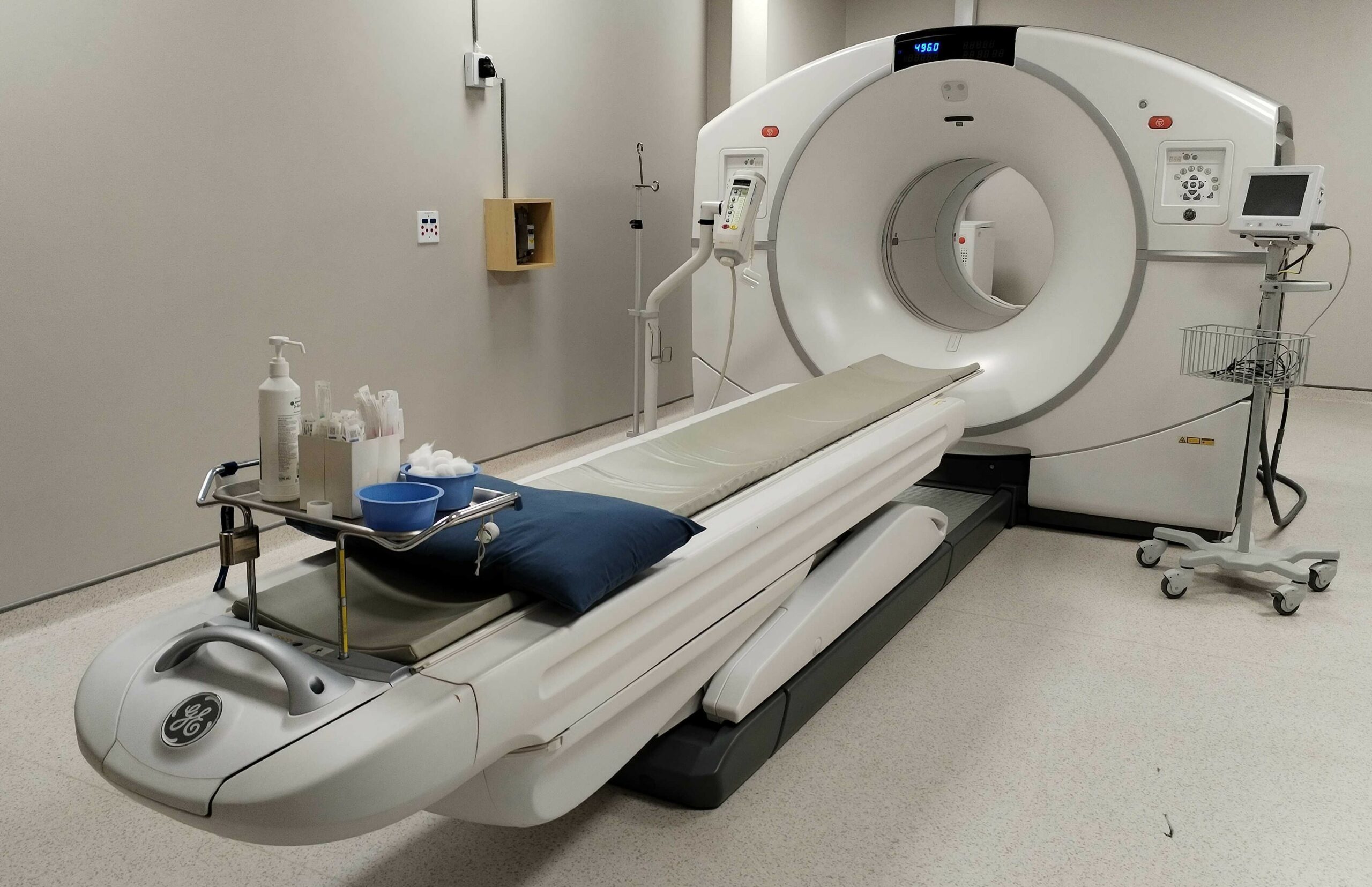Health Tech
Molecular imagery fights cancer in SA
An upgrade to the Alberton MediMix facility, which includes a new medical imaging scanner, will help create more efficient cancer-fighting capacity, writes JASON BANNIER.
An upgrade to the Alberton MediMix facility, which includes a new medical imaging scanner, will help create more efficient cancer-fighting capacity, writes JASON BANNIER.
GE Healthcare and Diagnostic Radiological Services (DRS) last week showed off a new CT/PET scanner they have installed in South Africa. The computer tomography/positron emission tomography (CT/PET) device, designed to detect and locate cancer and other diseases, was demonstrated to the media in Alberton near Johannesburg. It was installed late last year and treated its first patient in March this year.
“The full process is about two hours”, said GE nuclear medicine technologist Neil Lloyd. “We administer an injection to the patient, and then wait an hour. Then we head off to the machine for a scan that takes between 7 and 12 minutes. Previously, the scan would take more than 30 minutes.”
PET/CT technology, which is the combination of PET, positron emission tomography scanner, and CT, computer tomography scanner allows for one to view essentially both (functional and anatomical) aspects.
“PET, the functional aspect, means that we look at the blood flow. If more blood is flowing to the cancerous area, the region will light up as a result of the injection. CT, on the other hand, is the anatomical aspect. With the machine’s combined approach, we can now compare the two, which makes the process easier to report. In the past, these two processes were separated, but now it is merged.”
After the scan is complete, the molecular imaging technology generates high resolution images. It integrates artificial intelligence (AI) technology to automatically compensate for any small patient movement during the scanning process.
“There are about 25 PET/CT scanners in South Africa, but this machine is the first in the Alberton area”.
It is imperative to make these systems accessible across the entire country, he says, as more facilities will shorten travel distances for patients. Creating a “quiet, and calm environment” is crucial for these procedures, and this facility is dedicated to alleviating patient stress while enhancing accessibility.
“Patients desire continuity of care with their preferred doctors and require closer proximity to such facilities”, said Lloyd.

















